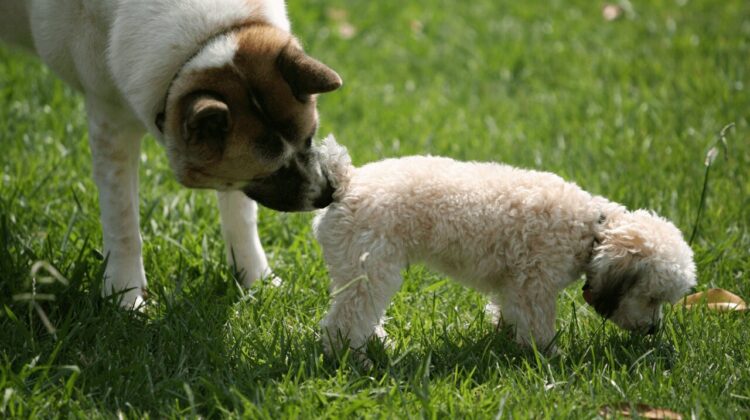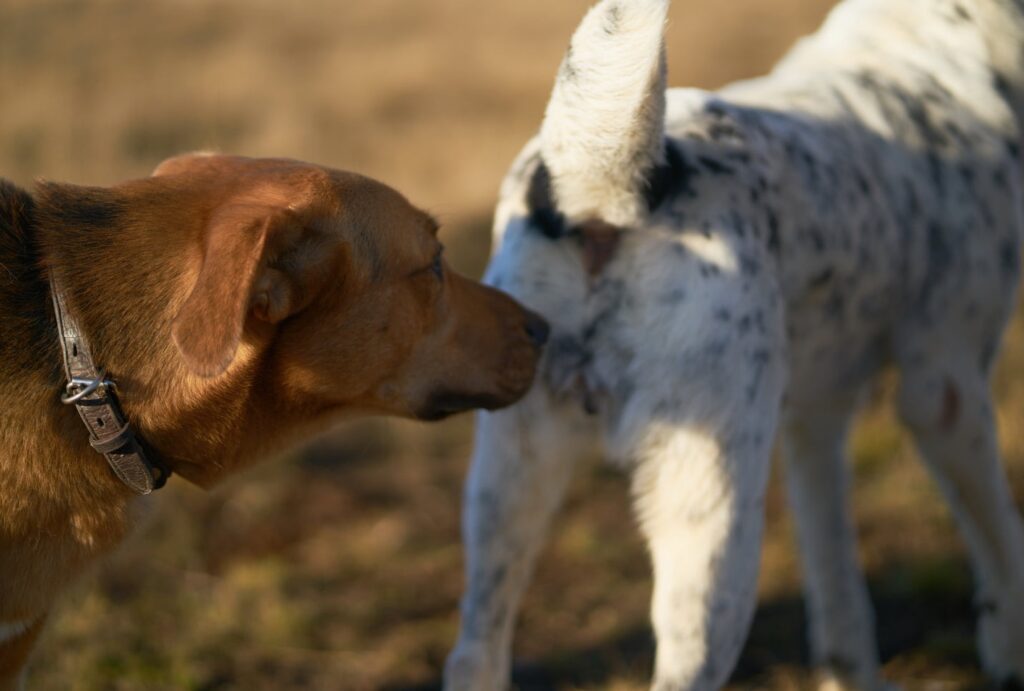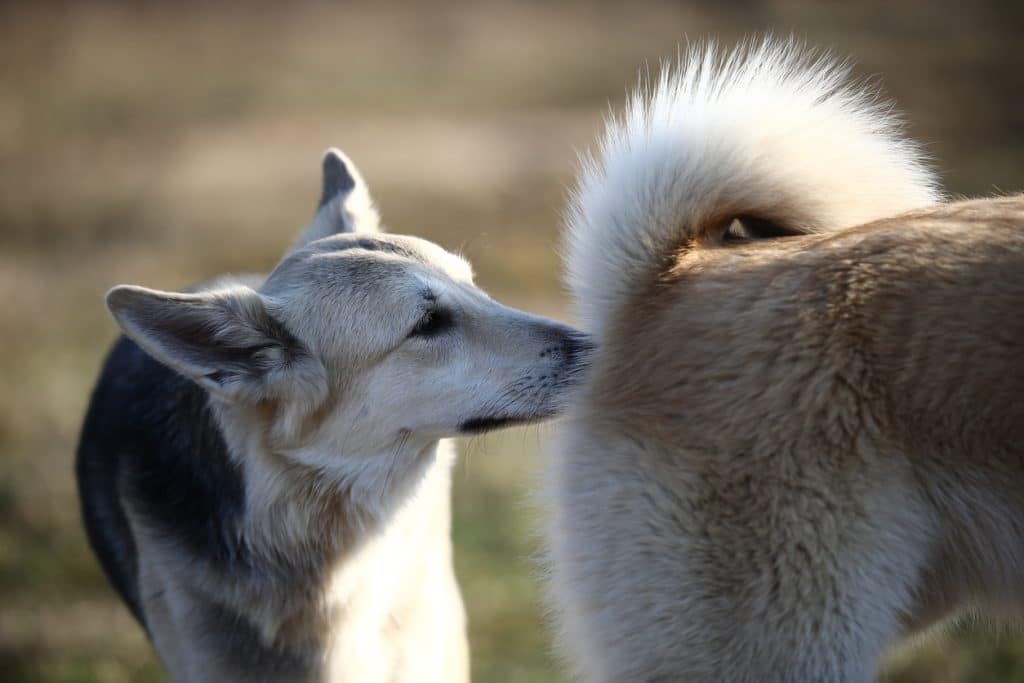
When two dogs cross paths or cats come together in a multicat household, one peculiar behavior often takes center stage: the immediate inclination to sniff each other’s rear ends. But what drives this seemingly odd behavior? Surprisingly, there’s more to it than meets the eye.
According to Ellen Furlong, an associate professor of psychology specializing in animal cognition at Transylvania University in Lexington, Kentucky, this bottom-sniffing ritual isn’t just a social quirk. Furlong explains that through this act, dogs can discern vital information about their counterparts, including health, reproductive status, and even dietary habits. It’s akin to catching up on the latest news for canines.

Mating instincts also factor into the equation, particularly for male dogs, especially those that are unaltered. Furlong notes that males may linger longer around females, seeking clues about their reproductive readiness.
But how do dogs manage to extract such nuanced information from a simple sniff? The key lies in their remarkable olfactory abilities. A pivotal study dating back to 1976, focusing on dogs and coyotes, revealed the presence of anal sacs on either side of a dog’s anus. These sacs emit a concoction of distinct chemicals, including trimethylamine, propionic acid, and butyric acid, which serve as communication signals among dogs.
Recent research, such as a 2021 study, has shed further light on this chemical dialogue, suggesting that each compound carries specific information. Although scientists are still deciphering this scent code, progress has been made. A 2023 study compared the anal sac secretions of male and female dogs, unveiling gender-specific chemical signatures.

Moreover, individual variability adds complexity to this olfactory exchange. Dogs can discern subtle differences in scent composition, thanks to their highly sensitive noses. Furlong emphasizes the staggering gap between human and canine olfactory prowess, with dogs capable of detecting scents at concentrations as minuscule as one part per trillion.
Cats, too, partake in similar olfactory interactions. Kristyn Vitale, an assistant professor of animal health and behavior at Unity Environmental University in Maine, underscores the significance of scent detection in feline behavior. Like their canine counterparts, cats rely on scent cues to ascertain familiarity, sex, and potentially reproductive status when encountering other felines.
Recent findings from the University of California, Davis, unveiled the role of bacteria in feline anal glands, hinting at their involvement in scent production. Each cat harbors a distinct bacterial community in these glands, suggesting a personalized olfactory signature.

While further research is needed to unravel the intricacies of this communication system, parallels exist among other carnivores, such as hyenas, which employ similar gland-inhabiting bacteria for communication.
In essence, the seemingly peculiar act of bottom-sniffing among dogs and cats serves as a gateway to a complex olfactory world, where scents convey a wealth of information essential for social interactions and mating behaviors.

Leave a Reply